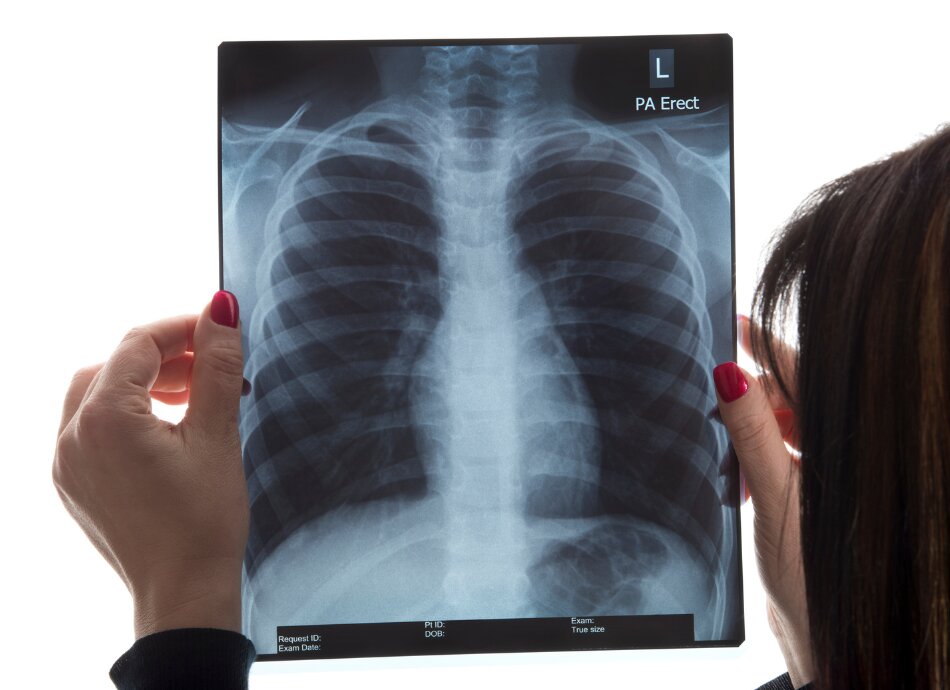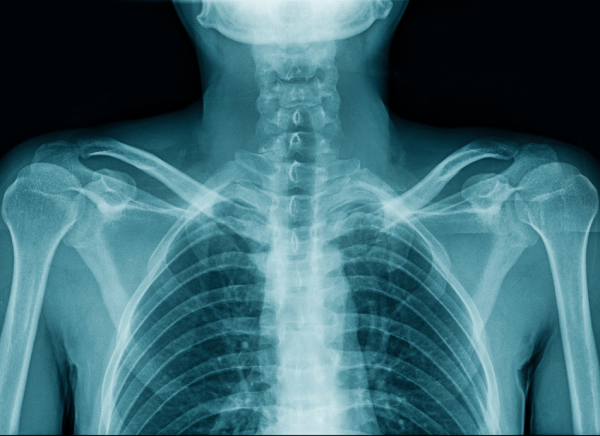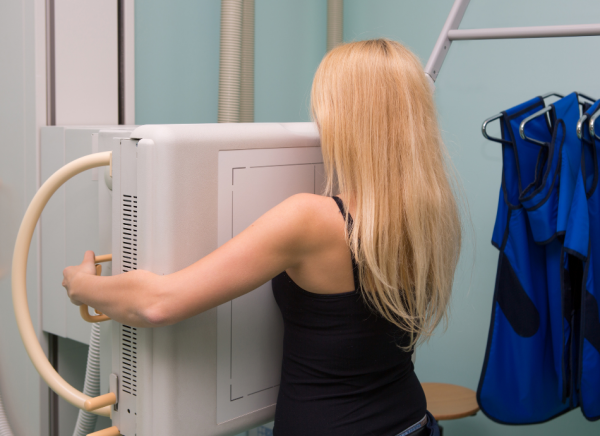A chest X-ray uses a small amount of radiation to create an image that shows the ribs, lungs, diaphragm and size of the heart.
A chest X-ray is one of the most common x-rays to be taken. If you are acutely unwell with shortness of breath, fever and cough, a chest X-ray may be ordered to look for signs of infection, (such as pneumonia), inflammation, fluid build up in the lungs or tumours or masses.
It's also often used to assess people who have smoked for many years to look for signs of chronic lung disease and lung cancer.
A chest X-ray is also often done before an operation in older adults to check the lungs and heart appear normal.



 Image credit: Canva
Image credit: Canva



